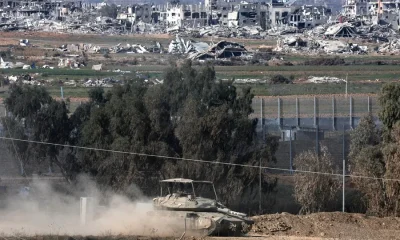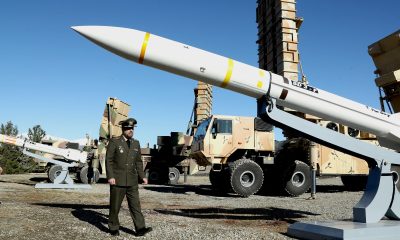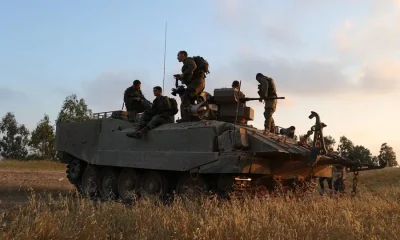International
The Israeli Army again besieges Jan Yunis’ Naser and Al Amar hospitals
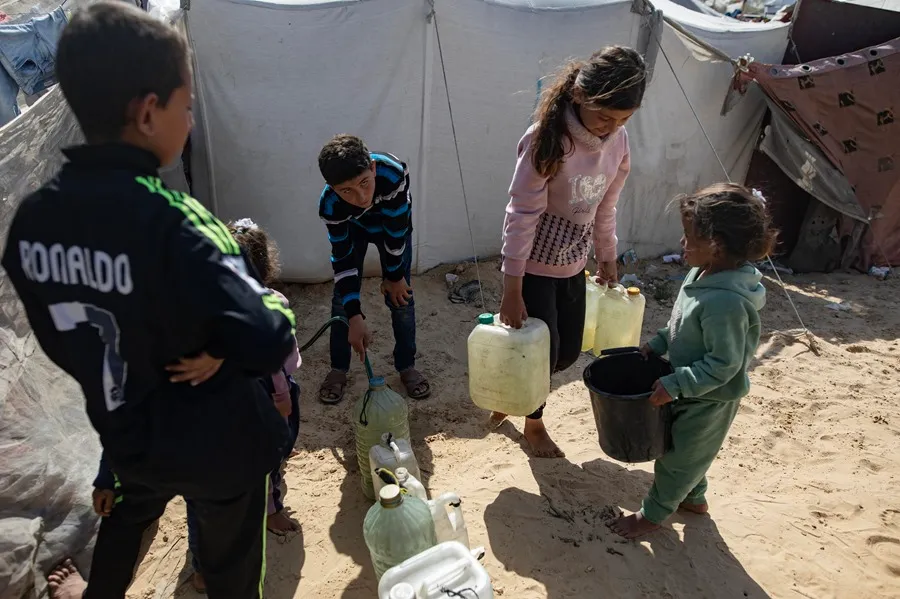
The Israeli Army again besieged the Naser and Al Amal hospitals this Sunday, both in the city of Jan Yunis, in the south of the enclave, with “intense bombings and gunfire” around both medical centers, denounced the Palestinian Red Crescent.
Dozens of armored vehicles surround both hospitals and carry out excavation work in the surroundings, Palestinian sources indicate.
The new siege of the two main hospitals of Jan Yunis, which were already besieged for more than twenty days in February, occurs when Israeli troops carry out for the seventh consecutive day a hard military operation at the Shifa hospital in Gaza City, where they claim to have arrested 480 “terrorists.”
The Palestinian Red Crescent, which manages the Al Amal hospital, pointed out that Israeli armored vehicles are demolishing buildings and structures around the hospital and warned about the “extreme danger” run by their teams, which can neither enter nor leave the hospital.
A member of the Red Crescent emergency operating room, Amir Subhi Abu Aisha, died from a drone attack by Israeli troops while working in the hospital and had to be buried in the courtyard of the center, the organization reported.
Eyewitnesses cited by the official Palestinian agency Wafa also reported aerial bombardments on the southern and eastern flanks of the Naser medical complex, the most important in the southern Strip, as well as in the nearby neighborhood of Batn as Samin, in Jan Yunis.
“The continuous artillery bombardments relentlessly hit the buildings, in addition to helicopter and drone fire, which caused the death of several civilians and other wounded,” Wafa said of the attacks on the Naser, which houses thousands of Palestinians displaced by the hard fighting in the center and south of the enclave.
He also assured on Sunday that he had arrested about 480 members of Hamas organizations or Islamic Jihad, in addition to having located “numerous weapons and terrorist infrastructure,” in the Shifa hospital in Gaza City, which is experiencing its seventh consecutive day of military siege today.
“The forces continue the precise operational activities in the area of the Shifa Hospital while avoiding damage to civilians, patients, health workers and medical equipment,” said a military statement.
The Ministry of Health of the Strip, controlled by Hamas, reported yesterday that five wounded who were treated at that center died as a result of the siege of Israeli troops, which began on Monday, and are in addition to the 13 intensive care patients who died in recent days due to lack of electricity and medical treatment.
Health also reported that 240 patients and relatives had been arrested by Israeli forces and a dozen health personnel; while the Israeli Army indicated that it had interrogated more than 800 suspects – it assures that 480 are “terrorists” – and killed 170 alleged fighters.
“We will end this operation only when the last terrorist is in our hands, alive or dead,” said last night the commander-in-chief of the Southern Command of the Israeli Army, Major General Yaron Finkelman, who praised the success of the “bold and impressive” operation.
The Army also pointed out that on the last day, its fighter planes attacked about 65 targets in the north and center of the Gaza Strip, including “a tunnel used to carry out attacks, military complexes where armed terrorists operated and additional military infrastructure.”
Both in the center of the Gaza Strip and in the Jan Yunis area, in the south, where fighting has not stopped for more than three months, the troops “eliminated several terrorists” on the last day by sniper fire.
“The troops also located and carried out a selective raid against a drone manufacturing laboratory belonging to terrorist organizations,” he added about the operations in the central area.
While in the Jan Yunis area, engineering forces attacked a projectile launch pit and fighter jets destroyed Hamas’ military infrastructure, including a complex used as a meeting point for militiamen.
The Israeli Army also reported on Sunday that during the early morning it bombed the Baalbek area, in northeastern Lebanon, where it attacks for the third time since the beginning of hostilities because it claims that there is military infrastructure of the Shiite militia Hizbulá, which responded with the launch of a stun of 50 rockets.
“This morning, fighter jets of the Israel Defense Forces attacked a weapons manufacturing site in Hizbulah, in the Baalbek area,” a military statement said.
It is the third time in two months that Israeli aviation has reached that point in Lebanon, more than 100 kilometers from the border, where he assures that Hezbollah has, among other military infrastructure, its air defense system; although most of the crossfire has been concentrated since October 8 in the communities bordering the divider.
The Army pointed out that Hizbulah carried out more than 50 launches to northern Israel in response, most of which were intercepted and the rest fell in depopulated areas.
At least 84 Gazans have died in the Gaza Strip in the last 24 hours from Israeli attacks, including 19 who died yesterday in an attack on a group of people waiting for a humanitarian convoy in Gaza City, bringing the total number of fatalities in the war to 32,226.
“The Israeli occupation commits 8 massacres against families in the Gaza Strip, including 84 martyrs and 106 injured during the last 24 hours,” said the Ministry of Health of the enclave, controlled by Hamas, in its latest count.
The total number of injuries since October 7, when the war broke out, rises to 74,518, while the Ministry has more than 7,000 bodies that are still trapped under the rubble, according to the source.
The Commissioner General of the UN Agency for Palestinian Refugees (UNRWA), Philippe Lazzarini, said on Sunday that Israel has informed the UN that it will not approve more humanitarian convoys aimed at the north of the Gaza Strip, where famine is already a reality.
“Despite the tragedy that is unfolding under our surveillance, the Israeli authorities informed the UN that they will no longer approve any UNRWA food convoy to the north,” Lazzarini said in a statement.
The commissioner recalled that UNRWA, which provides services to almost 6 million Palestinians in different countries and is the main humanitarian actor in the Gaza Strip, is in the middle of the war “the main sustenance” for more than 2 million internally displaced persons in the enclave and the only one that can proportional “vital assistance” in the north.
“This is outrageous and makes it intentional to obstruct assistance to save lives during a man-made famine. These restrictions must be lifted,” Lazzarini shouted.
International
Rubio rules out 2028 presidential bid if Vance runs
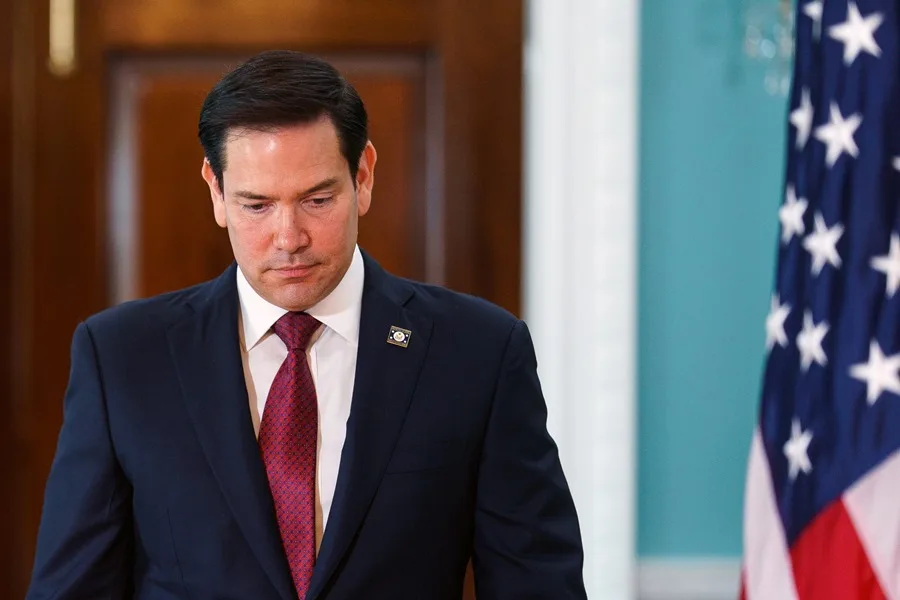
U.S. Secretary of State Marco Rubio said he would not seek the presidency in 2028 if current Vice President JD Vancedecides to run as the Republican nominee to succeed President Donald Trump.
“If JD Vance runs for president, he will be our candidate, and I will be one of the first people to support him,” Rubio said in an interview with Vanity Fair, in which he appeared alongside other senior members of the presidential cabinet.
Rubio, 54, and Vance, 41, are widely viewed as two of the leading Republican figures who could headline the party’s ticket in the 2028 election. Under the U.S. Constitution, Trump is barred from seeking another term after completing two presidential mandates.
In a lighthearted moment during the interview, Vance jokingly offered photographers $1,000 if they managed to make him look better than Rubio in the photos. Both leaders have received public backing from Trump, who last October floated the idea of a joint ticket featuring Rubio and Vance, without clarifying who would lead it.
“I think that if they ever teamed up, they would be unstoppable. I don’t think anyone would run against us,” Trump said at the time.
White House Chief of Staff Susie Wiles, who also took part in the interview, confirmed that Trump does not intend to violate the 22nd Amendment, which prohibits a third presidential term, though she acknowledged that the president is “having fun” with speculation about a possible return to office.
Rubio, the son of Cuban immigrants, served as a Republican senator from 2010 to 2025. He sought the party’s presidential nomination in 2016 but was defeated by Trump after a bruising primary contest. His name was floated as a potential vice presidential pick in 2024, but Vance ultimately secured the spot. After taking office, Trump appointed Rubio as secretary of state, making him the first Latino to hold the position.
International
Authorities search for armed and dangerous suspect in fatal Brown University attack
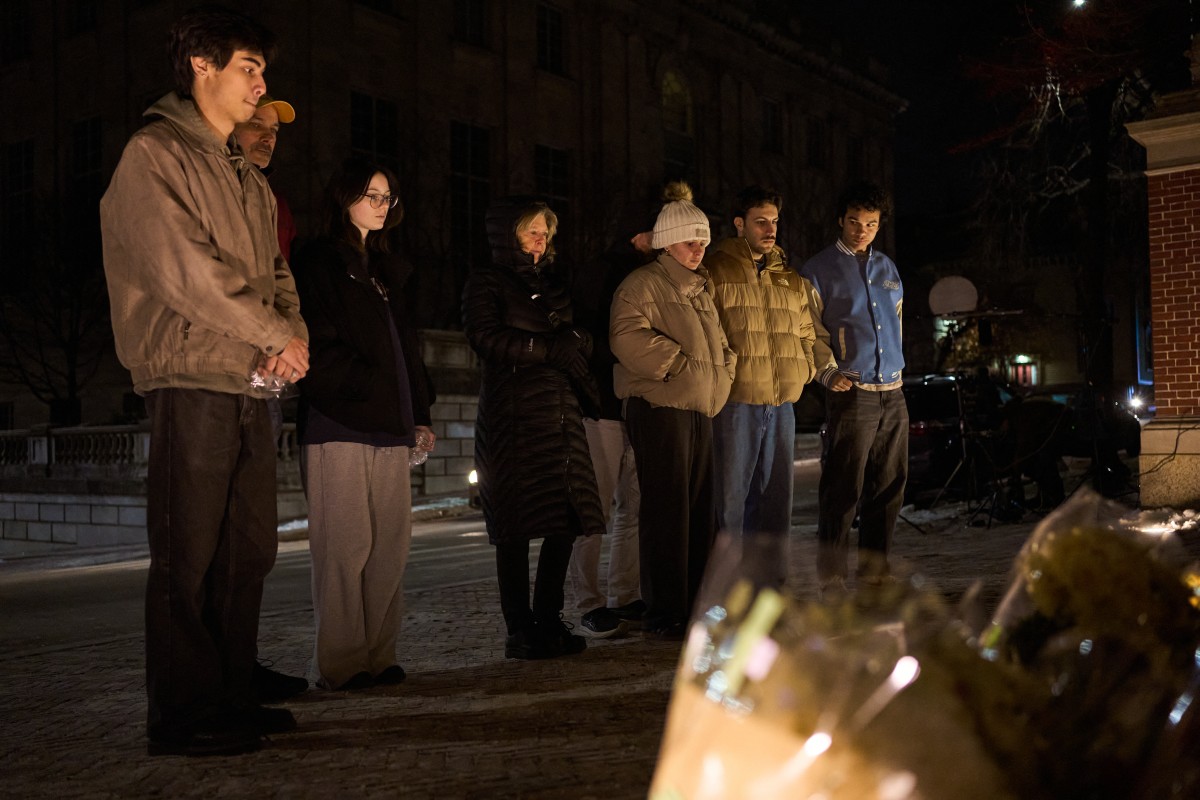
According to the statement, investigators are “seeking the public’s help to identify and speak with an individual” who was seen “near” the suspect at the time of the attack.
The Providence Police Department in Rhode Island released three photos of the person of interest, whose face has been blurred. In the images, the individual is wearing navy blue clothing, what appears to be a green hood, and carrying a light-colored backpack.
Earlier, authorities had released several photos and videos of a suspect described as “approximately 5 feet 8 inches tall, with a stocky build,” dressed in dark clothing, with their face covered by a surgical mask and wearing a beanie. The suspect’s identity remains unknown.
Authorities are offering a $50,000 reward for any information leading to the identification, arrest, and conviction of the person responsible for the killings, who is considered armed and dangerous.
The gunman opened fire on Saturday at Brown University’s engineering and physics building, where exams were being held, killing students Ella Cook and Mukhammad Aziz Umurzokov. The names of the nine people injured have not been released.
International
Police investigate deaths of Rob Reiner and wife as apparent homicide

The Los Angeles Police Department (LAPD) is investigating the deaths of Hollywood actor and filmmaker Rob Reinerand his wife as an “apparent homicide,” amid a wave of tributes to the director of classics such as When Harry Met Sally.
According to U.S. media reports on Sunday, Rob Reiner and Michele Singer Reiner were found dead at their Los Angeles mansion with what appeared to be stab wounds.
Several political figures shared messages of condolence following the reported deaths of the director of A Few Good Menand his wife.
While the LAPD did not officially confirm the identities of the victims, it stated that homicide detectives were dispatched to the Reiner residence.
“At this time, no additional details are available and the investigation into an apparent homicide is ongoing,” the Los Angeles Police Department said in a statement posted on social media.
LAPD Deputy Chief Alan Hamilton told reporters that no arrests have been made and that no individuals are currently being questioned as suspects.
“I’m not going to confirm whether anyone is being questioned at this moment or not. We are going to try to speak with as many family members as we can,” Hamilton said.
CNN reported that a family spokesperson confirmed the deaths of Reiner and his wife.
California Governor Gavin Newsom, former U.S. President Barack Obama, and former Vice President Kamala Harrisissued statements expressing their condolences.
-

 Central America3 days ago
Central America3 days agoPanama seizes over three tons of drugs hidden in Caribbean port container
-

 International3 days ago
International3 days agoPolice investigate deaths of Rob Reiner and wife as apparent homicide
-

 International4 days ago
International4 days agoSeveral people shot in attack on Brown University campus
-

 Central America3 days ago
Central America3 days agoOAS urges swift recount in Honduras as election results remain uncertain
-

 Central America2 days ago
Central America2 days agoBukele says AI partnership with xAI will transform public education in El Salvador
-

 Central America2 days ago
Central America2 days agoEl Salvador ranks among top countries in the Americas in fight against organized crime
-

 International4 days ago
International4 days agoU.S. and Mexico Reach Deal to Address Water Deficit Under 1944 Treaty
-
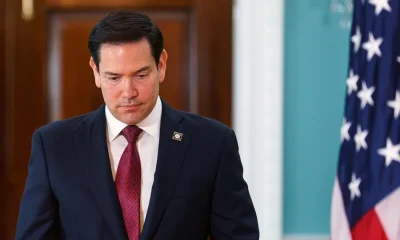
 International11 hours ago
International11 hours agoRubio rules out 2028 presidential bid if Vance runs
-

 Central America11 hours ago
Central America11 hours agoArrests and clashes in Tegucigalpa as vote count continues after Honduras election
-
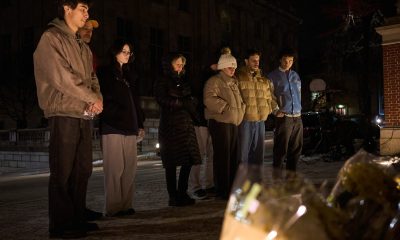
 International11 hours ago
International11 hours agoAuthorities search for armed and dangerous suspect in fatal Brown University attack

























